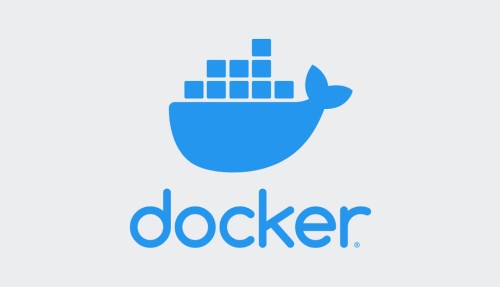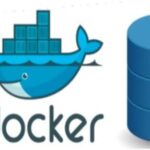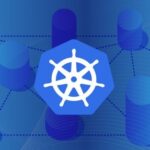Docker is a utility used to deploy, manage and scale applications inside software containers. It works by running a specialized application component within a self-contained and isolated environment, on top of an operating system (OS). The containerized environment provides the flexibility and efficiency of cloud computing through the use of an application component model that is both lightweight and portable.
The idea behind docker is to provide an efficient, fast and secure way of deploying, managing and scaling applications without having to manage the full set of physical or virtual machines. Docker uses Linux kernel features such as namespaces and control groups to create isolated and secure application environments, without requiring additional virtualization software.
Docker enables developers to quickly and easily build, ship and run applications using a standard set of tools and APIs, whether it’s traditional web applications or more modern microservices architectures. This means developers can now focus on developing their applications instead of managing the underlying infrastructure.
One of the key benefits of Docker is its ability to package applications in a way that makes them easy to deploy and share across different hosting platforms. Applications packaged with Docker can be deployed to any cloud provider, regardless of OS, CPU architecture, or other system incompatibilities. This reduces costs and makes applications more widely available.
In addition to its application deployment capabilities, Docker also provides an image registry that allows developers to store and version their code. This ensures that developers can always refer back to a specific version of the code, even if the application has changed significantly since then.
Docker is a powerful tool that can be used to simplify the process of deploying, managing and scaling applications. In addition, it provides an efficient, secure and flexible way to develop applications, allowing developers to focus on writing code rather than managing the underlying infrastructure.




